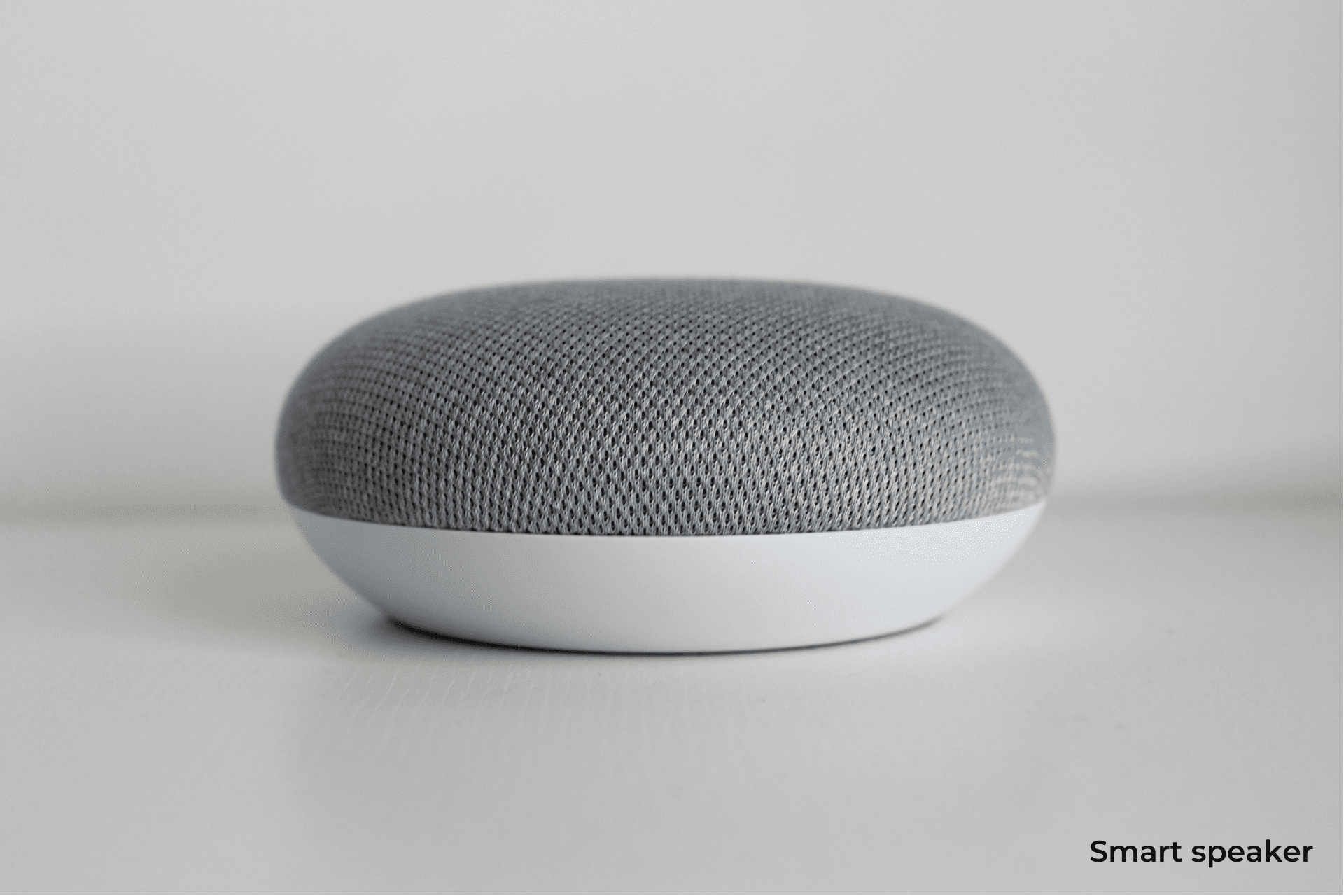Big Data vs Smart Data: the steps of the winning strategy
The value of information
Throughout history, humans have used multiple and diverse resources of interest as currency. From seashells, salt and spices to cattle or even precious minerals such as gold. All of them, although it may amaze us at first, were extremely coveted at the time. Therefore, we should not be surprised at how incredibly pursued our new “currency” is: information.
Immersed as we are in the digital and informational age, most areas of our society have already been widely impacted and transformed in one way or another by large volumes of data that, properly exploited, can become a differential factor in achieving success. Thanks to the abundant cutting-edge technologies available on the market, it is possible to progress in very different sectors that leave behind obsolete practices and procedures making room for their improved futuristic substitutes. Some examples of this are the following:
- Health: by being able to monitor key metrics of our body with small and lightweight wearable devices, the prevention of diseases of all kinds is facilitated in people of different ages and conditions.
- Home automation: the Smart Home is gaining more and more notoriety, making our lives easier and increasing the energy efficiency of our homes.
- Architecture and Engineering: this one is gaining more and more strength, being materialized in the current different projects of Smart Cities that we can find on the face of the earth nowadays.



Big Data
The starting point of this whole revolution is the existence, often ignored, of continuous sources of data around us. This is the basis from which Big Data starts. Big Data encompasses the set of procedures and technologies used to obtain, filter, store and analyze immense volumes of data of any type or source, to subsequently extract valuable information from them. Its environment is governed by the following 4 variables, also known as the 4 Vs:
- Volume: the size of the data collection you are working with.
- Velocity: the rate at which the data considered is acquired.
- Variety: the different natures of the sources considered.
- Veracity: how reliable is the treated data.
Smart Data
However, these variables leave aside the one which is probably the most important of them all: the Value (the 5th V). This is where Smart Data comes into play. Closer to Business Intelligence, Smart Data considers the Value of data, not only as another variable, but as the core that sustains any project of this nature. The model proposed is broken down into the following phases:
- Phase S – Strategy: The beginning of any Smart Data project focuses on identifying existing business needs that can be solved with valuable information. It is a crucial point for obtaining a successful result, which can help improve in issues related to human resources, finance, logistics, sales …
- Phase M – Metrics: In this second stage, we will translate the previously mentioned needs into metrics that can help us meet them. The data related to them can come from different sources and in different formats, if they help in the cause they will be well received.
- Phase A – Analysis: At this point, the focus shifts to how to turn that valuable data into useful information. This task is probably the most complex and is usually where vanguardist technologies come into play to make our job easier. More specifically, machine learning can be crucial in detecting anomalies or recognizing patterns, so we can better understand why things happened, or what is better, predict what will happen in the future.
- Phase R – Reports: Once all the desired information has been obtained, the objective is simple: we must consider, for each case, what information to provide and what is the ideal format of it so that its transmission and reading are fast and so that we can finally obtain valuable knowledge.
- Phase T – Transforming: In the final phase of development is where the success achieved is evaluated, since it will be the impact that the recently acquired knowledge has when optimizing the efficiency and effectiveness of our processes, products or services and how much it conditions our decision making that will indicate that we are on the right track.
Comparison and conclusions
What is better then, Big Data or Smart Data? The answer is it depends. Being broadly similar worlds, perhaps their most significant and conditioning difference is the approach to the problem they have. While Big Data focuses on collecting as much data of interest as possible to exploit them in the best possible way in the future, Smart Data limits the focus from the beginning, first defining the need and subsequently collecting the relevant data.
This leads us to deduce that both adapt to companies and environments of different scales. Big Data is generally ideal for companies that not only easily generate immense volumes of highly sought-after data, but also have the necessary resources to store them without worrying and then exploit them thoroughly. Instead, smaller-scale companies and organizations are forced to tighten the fence and reduce the data they work with. In either case, in both cases you can achieve success that, otherwise, would have been unimaginable.
